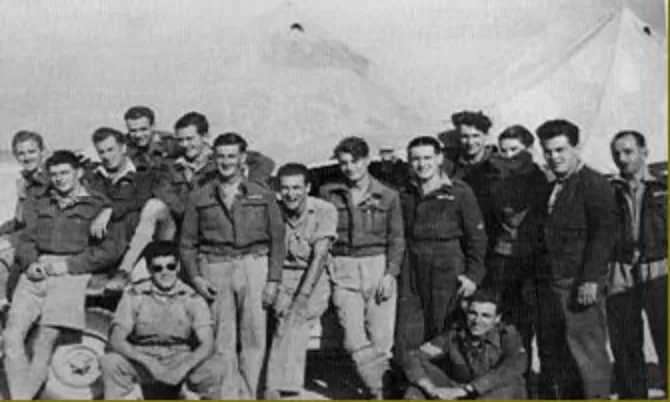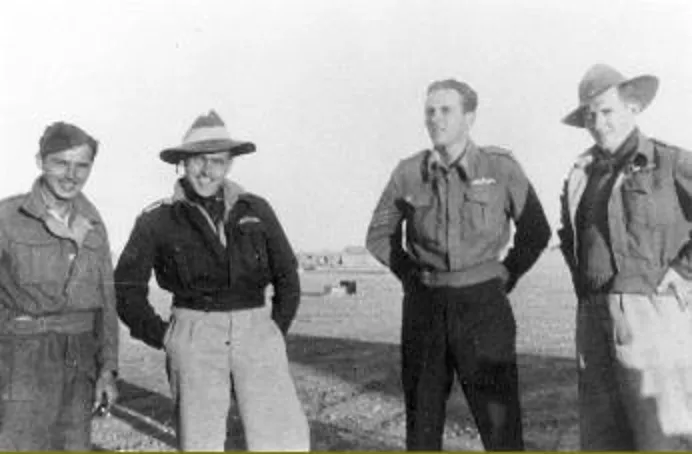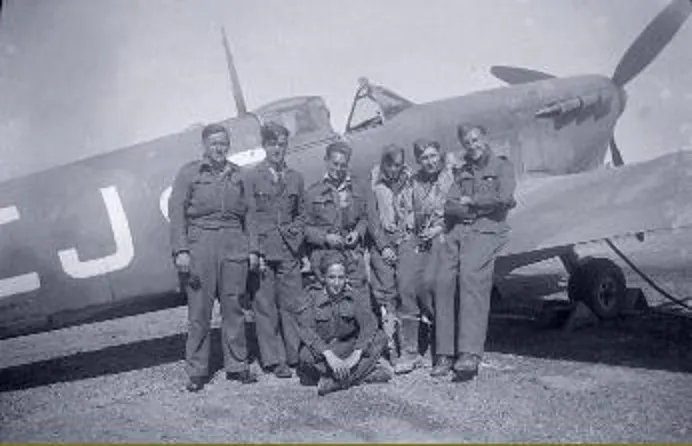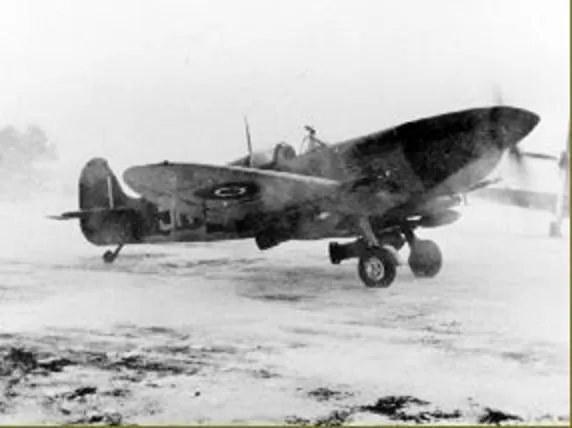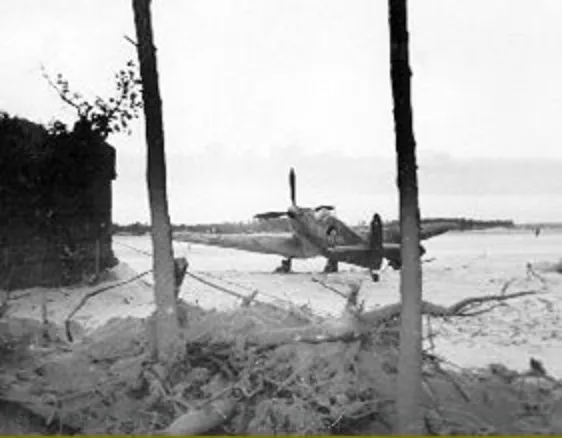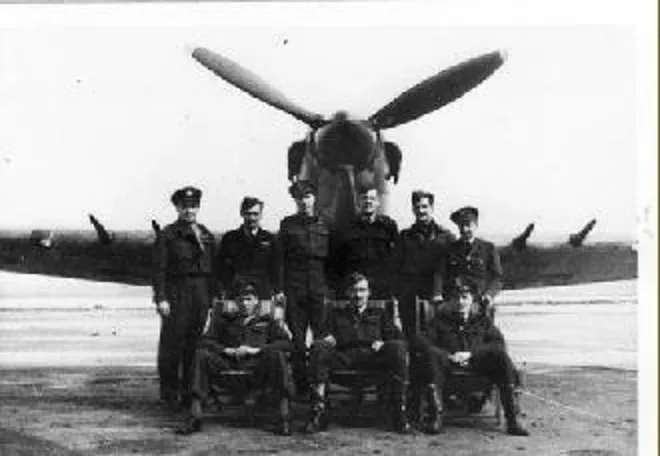No 127 Squadron RAF
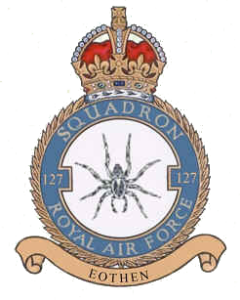


No 127 Squadron was formed in a day bomber role on the 1 January 1918, at Catterick, but before becoming operational it disbanded on the 4th of July 1918.
The squadron reformed at Habbaniya in Iraq on 29th June 1941 from 'F' flight of No. 4 S.F.T.S with a detachment of four Hurricanes and four Gladiators. It carried out fighter and reconnaissance operations during the invasion of Syria in July 1941. The first operational losses occurred on the 3rd July 1941 when 2 Hurricanes where shot down. Both pilots W/O Pitcher and Flt. Sgt. Adams were killed in action. On the 12th of July 127 Squadron was re-numbered as No 261 Squadron and ceased to exist.
The squadron reformed once again, this time at Kasfareet in Egypt, on 2nd August 1941. However, it was composed entirely of ground personnel from No 249 Squadron as it continued to act as a ground servicing unit until it eventually received Hurricanes and pilots.
The Squadron initially operated from St Jean in Palestine with Hurricane I aircraft where a considerable amount of practice flying was undertaken.
On the 26th May 1942 instructions were received that 127 Squadron was to move from Palestine and be re-equipped with Hurricane IIB aircraft.
By the middle of June a detachment had been sent forward into the Western Desert. The activities of this detachment was confined to patrol work and no contact was made with the enemy. Owing to the Enemy's advance the detachment returned to L.G.92 near Amriya where the remainder of the Squadron had joined them by the end of the month.
Between July and December 1942 the Squadron continued to operate over the Western Desert from various landing Grounds. During this period over 20 aircraft were damaged or destroyed while on operational duties, 4 pilots were killed in action and 4 became POW's. A further 3 Ground Crew were killed and 3 Aircraft were damaged while on the ground when the enemy attacked L.G. 88 on 21st and 31st August.
1943 was a quite year for the squadron for in January it moved back to Palestine and spent most of the year on standing patrols and the occasional scramble. Detachments operated from Nicosia Cyprus, Gaza & Beirut. In November the entire squadron moved to Cyprus where it covered convoys and flew sweeps in the Dodecanese operations. At the end of the month the squadron returned to St Jean, Palestine with again detachments at Nicosia, Gaza & Laketannia.
In April 1944, the squadron moved to Britain in preparation for Operation Overlord where it was assigned to 132 Wing (Norwegian) of the 2nd Tactical Air Force. It Arrived at North Weald on 23 April 1944, where it was equipped with the Spitfire IX.
Operations began flying fighter bomber missions over France on 19th May 1944.
The squadron played its part in the D Day landings and subsequent days flying sweeps of the landing beaches, escorting bombers, Armed Recce and dive bombing of specific targets.
On 21st August 1944 the squadron moved to the continent where it flew fighter-bomber missions from various airfields in France, Belgium and Holland.
The squadron was equipped with the Spitfire XVI in November 1944 while based at B.60 Grimbergen, Belgium.
127 Squadron was finally disbanded at B.106 Twente, Holland on the 30th April 1945.
During its time in NW Europe the squadron lost 15 Pilots.

